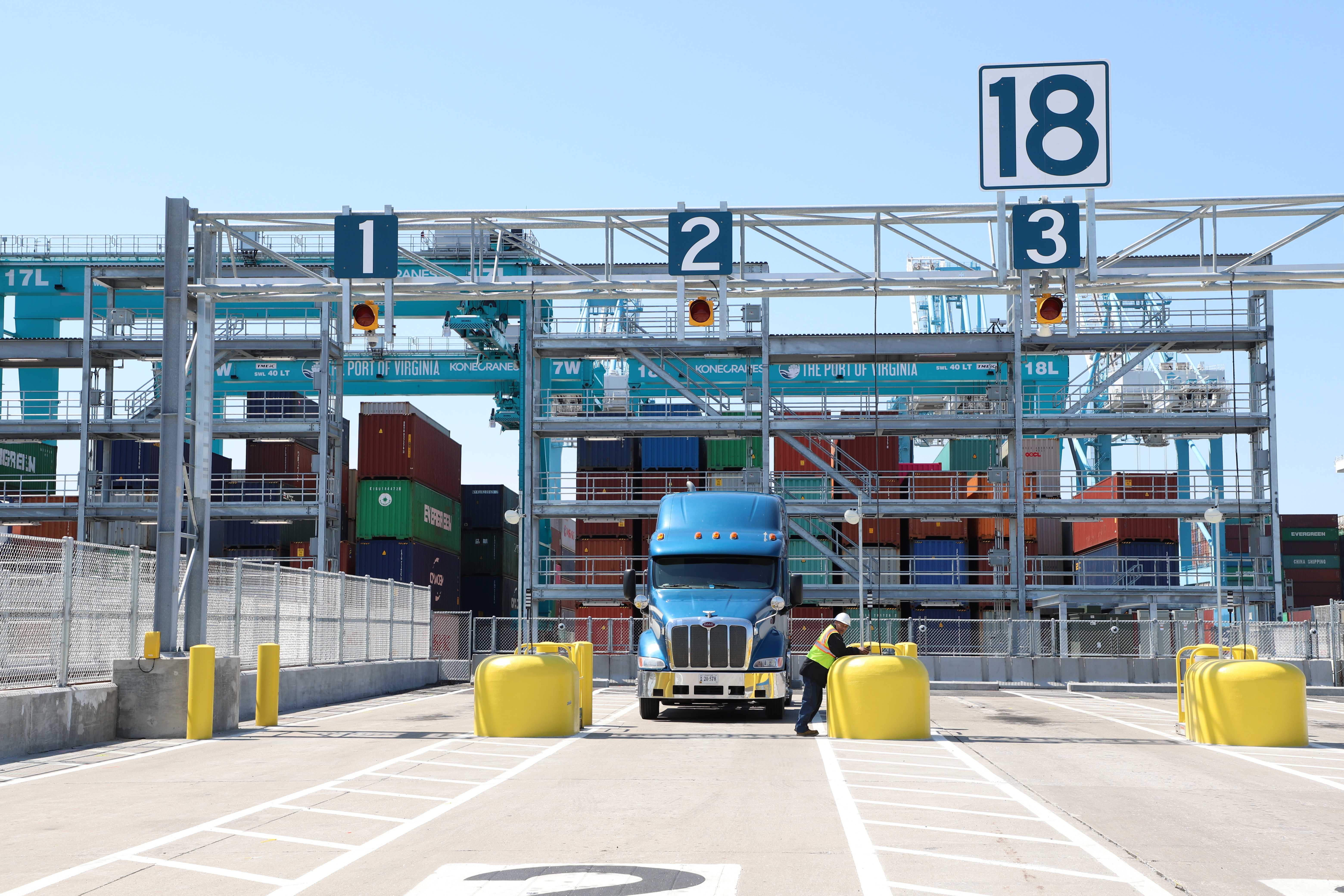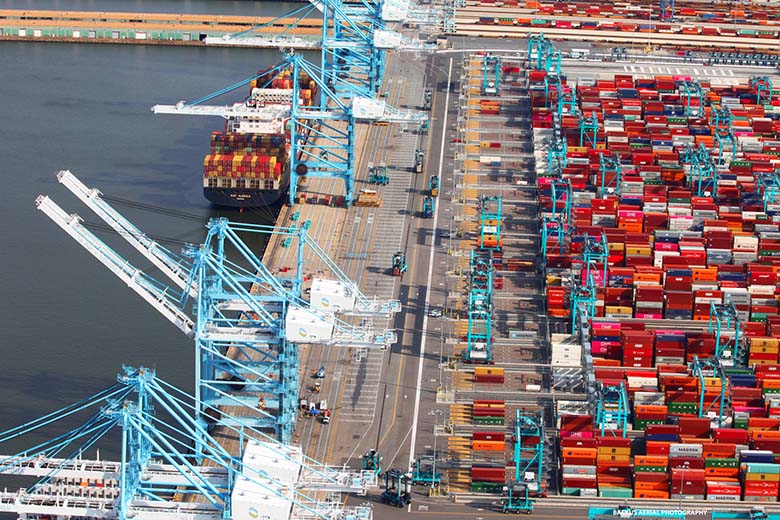Leadership Views: John Milliken, Virginia Port Authority
More than 40 industry leaders serve on DTI's Board. Following on our successful Transportation Talks webinar series, we feature brief thoughts from a member each month.
Name: John Milliken
Position: Chairman of the Board of Commissioners, Virginia Port Authority
Years with DTI: 4
Number of Students Sponsored: 3
What effect did 2020 have on port operations?
The impacts of the pandemic on port operations have been profound. Whether those impacts are long-lasting remains to be seen. If one had taken a snapshot in early January 2020, the principle issue facing U.S. Ports was the changing trade and tariff picture and the resulting gradual shift in sourcing for some U.S. imports and the freezing of some agricultural exports.
By March 1, that was overwhelmed by the impact of the pandemic and the resulting collapse of supply in China and demand in the U.S. and Western Europe. That shifted again by mid-summer as housebound consumers found new things to buy online and expected quick arrival on their doorsteps. This increased demand has persisted and will likely continue into the third quarter or later.
The result has been congestion in most coastal ports and idle ships waiting for berth space. The Port of Virginia is unique in that its 40 percent increase in total capacity built over the past five years has just come online, giving us a congestion free condition and the ability to outperform any other gateway port. So, troubles elsewhere have represented opportunity for us.
What technological advancements has the port been able implement?
Any port’s job is to move freight along the supply chain as quickly and cheaply as possible. Whether inbound or outbound, the port moves product from one mode of transport to the next. The key to business success is the efficiency of the people who do the work, on the docks or in the offices. Technology has profoundly changed what that work is and how it is done, allowing more products to be moved at less cost in a workday.
In its most recent upgrade, the Port of Virginia shifted from a system utilizing rubber-tired carriers driven by humans to move containers around the yard to one using large overhead cranes moving along automated guiderails, programmed by humans in advance. Now, if we know you are a trucker scheduled to pick up a container for Walmart tomorrow morning, the computer prepositions that specific container overnight to have it ready for you when you arrive. All this is handled from on-terminal office space by trained, experienced employees. The workers are still key to success, but their skills are different and their work environment safer and quieter.
Do you have any thoughts about international trade or international supply chains?
Despite the uncertainties of tariffs and other trade hiccups, the world remains a single market. The U.S. consumer expects prompt delivery of whatever he or she may purchase, and the world’s trading system will adapt as necessary to respond. The same is true for western Europe and increasingly for other parts off the world.
What will always be subject to shifting is where a given product is most efficiently manufactured and assembled for shipment to that consumer. If history is any guide, the centuries old search for the cheapest source and path for delivery will cause some shifting away from China to other sources in South and Southeast Asia and, over the longer term, Africa. Such shifts may push more supply chain paths toward use of the Suez Canal and Atlantic coast ports as gateways to the North and South American markets. The Port of Virginia would be a logical entry point for a share of that increased traffic.



